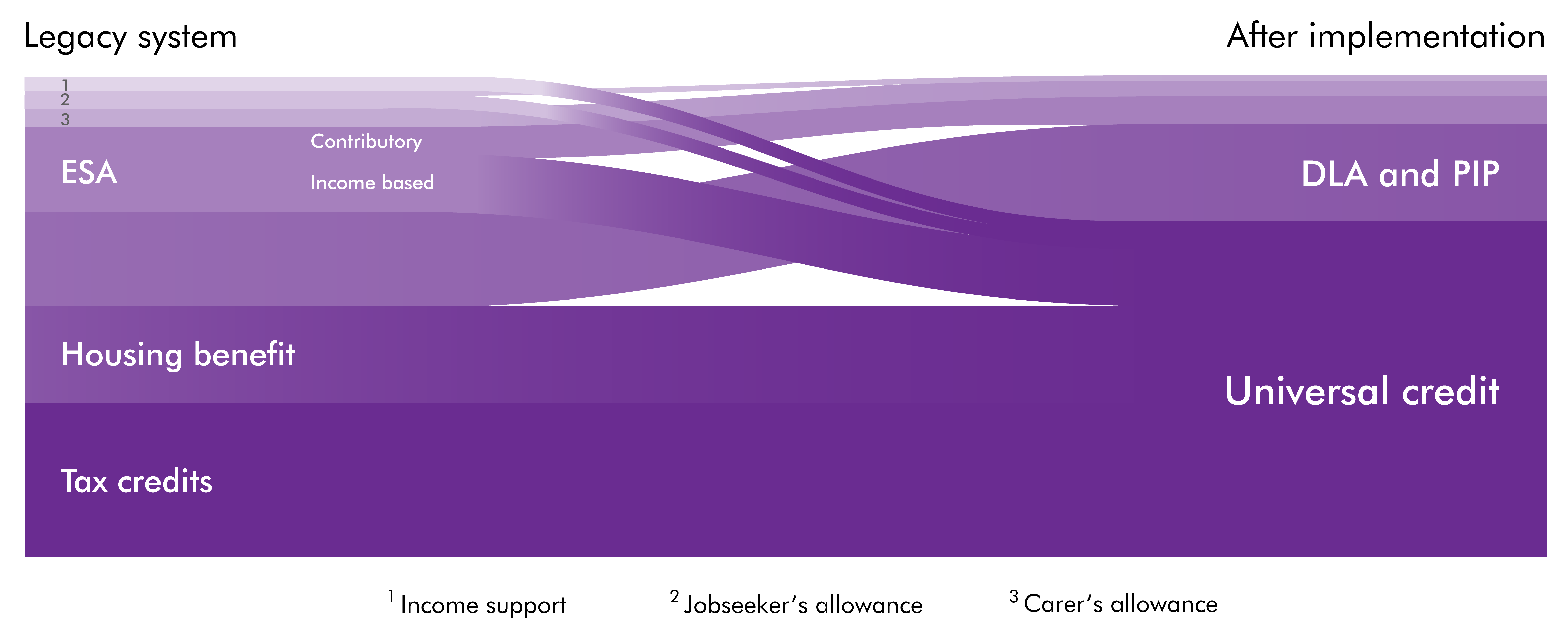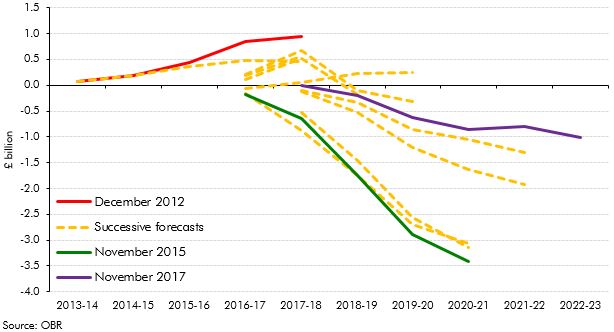Our annual Welfare trends report was published on 25 January 2018.
This year’s WTR focuses on universal credit (UC), which is set to become a major part of the benefit and tax credit system. UC will absorb most existing benefits and tax credits that are paid to people of working age. Read the overview.



